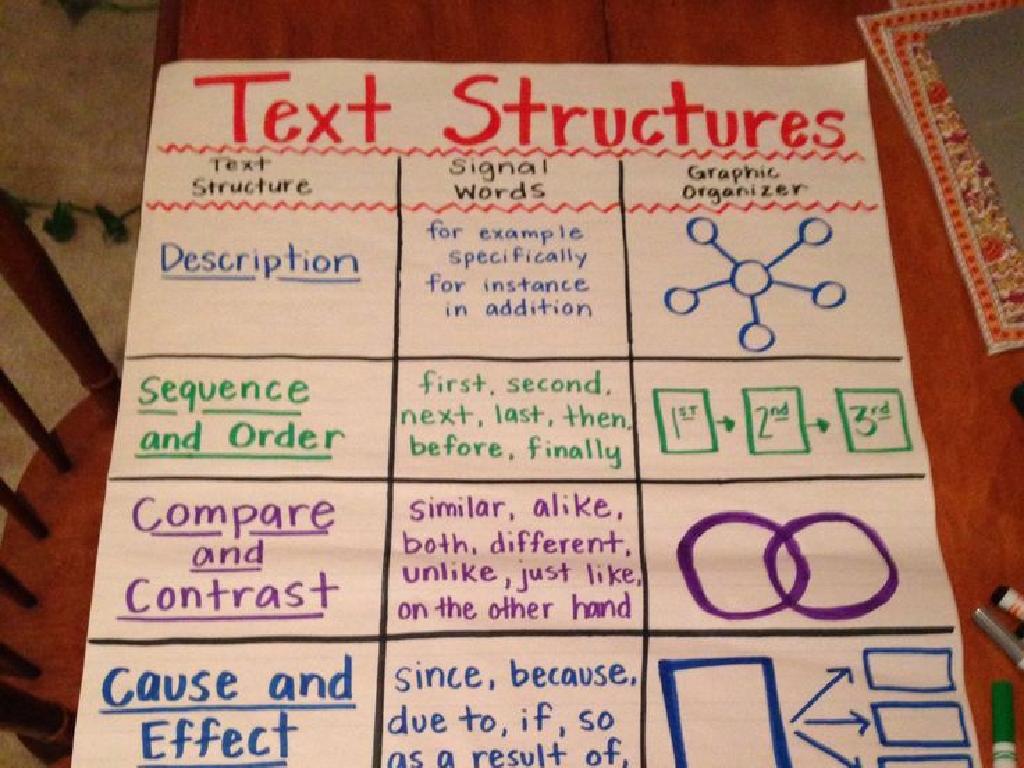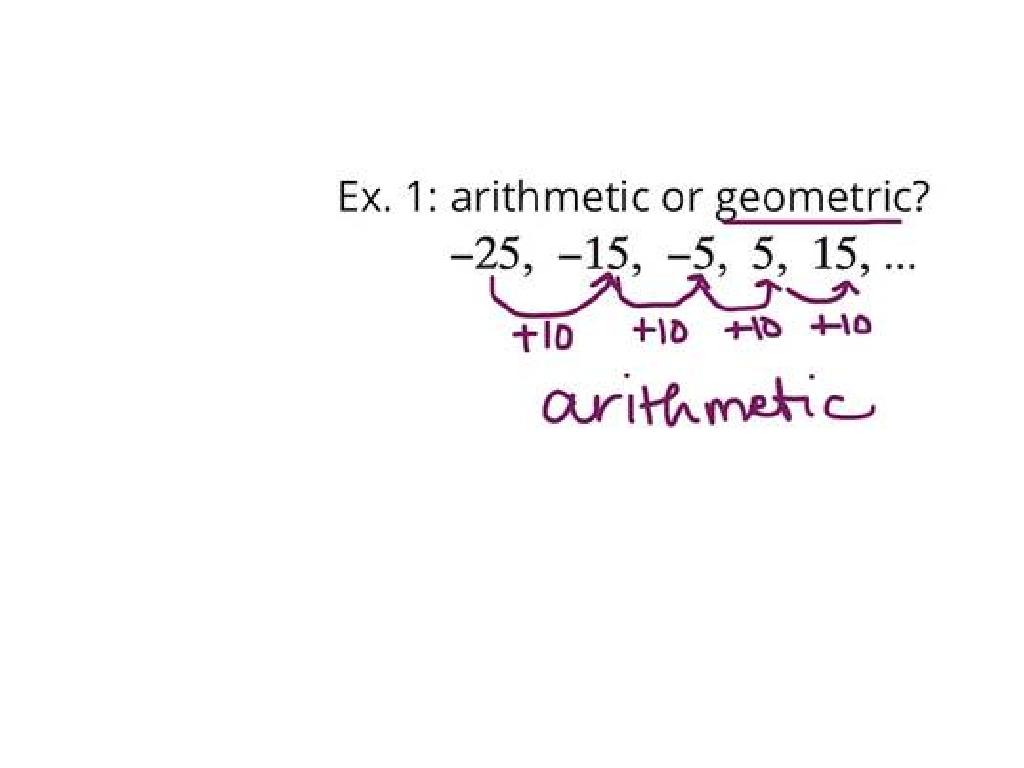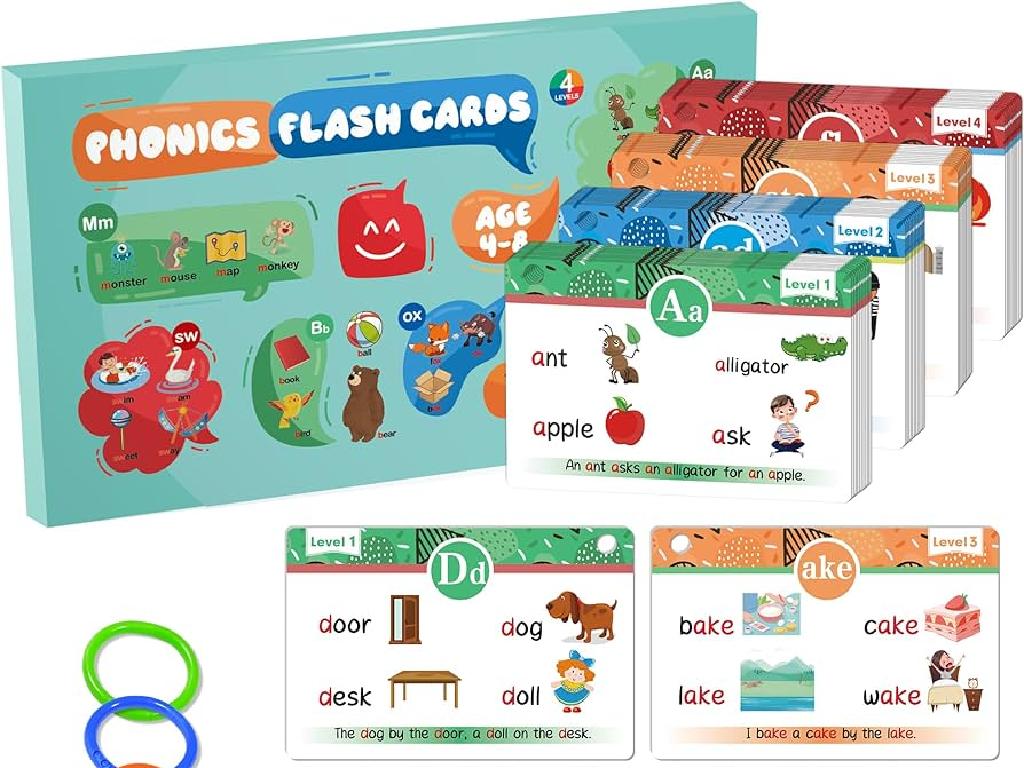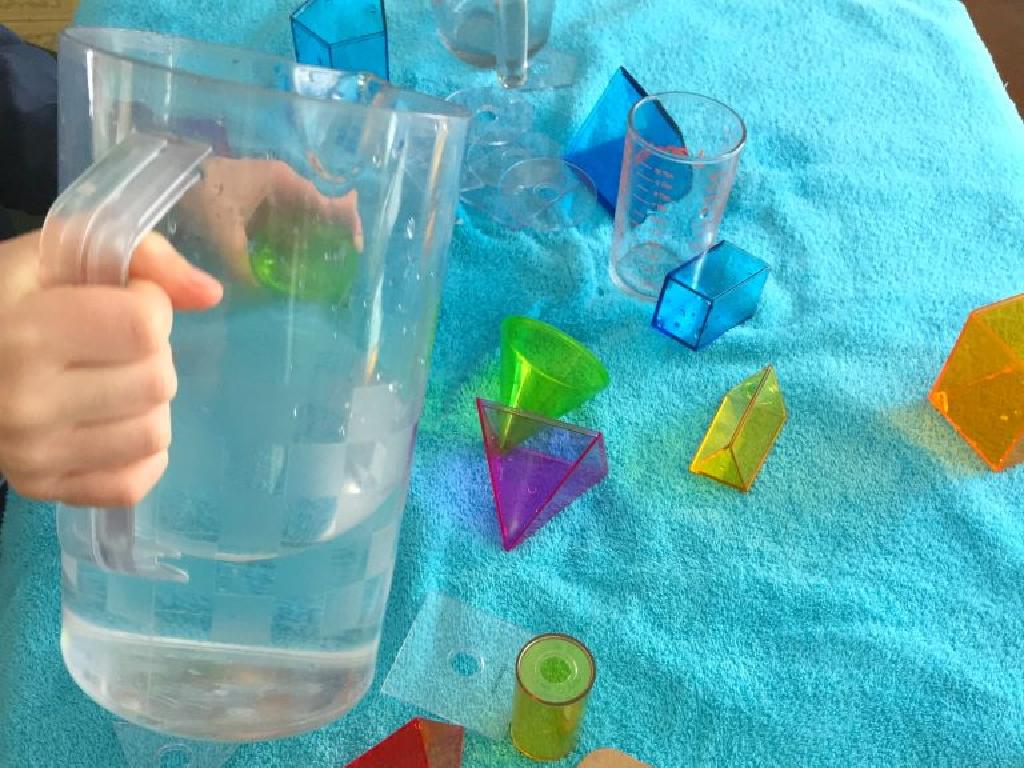What Do Plants Need To Survive?
Subject: Science
Grade: First grade
Topic: Plants
Please LOG IN to download the presentation. Access is available to registered users only.
View More Content
Welcome to the World of Plants!
– Exploring the plant kingdom
– Defining what a plant is
– A plant is a living thing that grows in the earth and has a stem, leaves, and roots.
– Plants’ survival needs
– Water, sunlight, air, and nutrients are essential for plant growth.
– Engaging with plant life
– We’ll look at different plants and learn how they live!
|
This slide is designed to introduce first graders to the basics of botany. Start by engaging the students with the question about what a plant is to stimulate their thinking. Explain that plants are living organisms that grow in soil and require certain elements to thrive. Emphasize the importance of water, sunlight, air, and nutrients, and how each contributes to a plant’s survival. Use real-life examples that the children can relate to, such as plants in their homes or gardens. Encourage the students to think about how they take care of plants and to be prepared to explore different types of plants and their needs in upcoming lessons.
What Are Plants?
– Plants are living things
– Just like animals and humans, plants are alive and need care.
– Many shapes and sizes
– From tiny grass to huge trees, plants can look very different.
– Live in various places
– You can find plants in gardens, forests, deserts, and more.
– Some plants live in water
– Examples include seaweed and water lilies.
|
This slide introduces the concept of plants to first graders by emphasizing that plants are living organisms, similar to animals and humans. It’s important to convey that plants come in a vast array of forms and are not limited to just one habitat. They can be found in a variety of environments, each with its own unique types of plants. Some plants have adapted to live in aquatic environments. Use this slide to spark curiosity about the diversity of plant life and to set the stage for learning about the essentials of plant survival. Encourage students to think of different places they have seen plants and to share their experiences.
The Needs of a Plant
– Plants have needs like us
– Sunlight is crucial for growth
– Sun helps plants make food through photosynthesis
– Water and air sustain plants
– Roots absorb water; leaves need air to breathe
– Soil provides nutrients
– Roots get food and minerals from the soil
|
This slide introduces the basic needs of plants, drawing a parallel to human needs to make the concept relatable for first graders. Emphasize that without sunlight, water, air, and soil, a plant cannot grow, just like we need food, water, and air. Explain that sunlight is used by plants to make their own food in a process called photosynthesis. Water is absorbed by the roots and is necessary for the plant’s survival, while air provides carbon dioxide for photosynthesis. Soil is the home for roots and provides essential nutrients and support. Use simple language and examples, such as comparing the plant needing sunlight to children needing to eat healthy food to grow strong.
Sunlight for Plants
– Sunlight is plant’s energy source
– Just like we need food, plants need sunlight to thrive
– It powers food-making process
– Sunlight helps plants make their own food
– Photosynthesis: Sun to food
– Photosynthesis uses sunlight to turn water and CO2 into food
– No sunlight, no plant growth
|
This slide introduces the concept of sunlight as an essential component for plant survival, drawing a parallel to how children need food for energy. Explain that photosynthesis is the process by which plants use sunlight to create their food, which is crucial for their growth. Emphasize that without sunlight, plants cannot perform photosynthesis and therefore cannot grow, just as children cannot grow without food. Use simple language to make the concept relatable and understandable for first graders. You might include an activity where students can plant seeds and observe their growth with and without sunlight to reinforce the lesson.
Water: A Necessity for Plant Survival
– Water keeps plants fresh
– It transports soil nutrients
– Nutrients travel from soil to plant via water
– Balance is key: not too little or much
– Just like us, plants need the right amount of water
– Effects of incorrect water amounts
– Too little water, plants wilt; too much, roots can rot
|
This slide aims to educate first graders on the importance of water for plant health and growth. Explain that water acts like a drink for plants, keeping them fresh and strong. It also works like a delivery truck, carrying food (nutrients) from the soil to the plant. Discuss the importance of giving plants the right amount of water, not too little or too much, to avoid harm. Use simple examples like a thirsty person needing water or what happens to a sponge when it’s too dry or too wet. Encourage students to think about how they feel when they are thirsty or have drunk too much water, to relate to the plant’s needs.
Air for Plants: Breathing Buddies
– Plants need air like we do
– Just like us, plants need air to live and grow
– They breathe in CO2 and out O2
– CO2 is carbon dioxide, and O2 is oxygen
– We breathe in O2, so we help each other!
– Plants and humans share air and help each other live
|
This slide introduces the concept of air as a vital component for plant survival, drawing a parallel to human needs to make it relatable for first graders. Emphasize that plants ‘breathe’ in their own way by taking in carbon dioxide (which humans and animals exhale) and releasing oxygen (which humans and animals need to breathe in). This creates a beneficial relationship between plants and humans. Encourage students to think about how they can help plants by keeping the air clean. A possible activity could be to have students plant a seed and observe over time how it grows with proper air, water, and sunlight.
Soil for Plants
– Soil: A home for roots
– Roots live and grow in the soil.
– Soil holds water and nutrients
– Plants drink water and get food from soil.
– Different soils for different plants
– Some plants need sandy soil, others need clay.
|
This slide introduces students to the importance of soil for plant survival. Explain that soil is not just dirt; it’s the home where plants put down roots. Roots help the plant stay upright and absorb water and nutrients from the soil. Discuss how soil acts like a sponge, holding water that the roots can take in, along with nutrients that are like food for the plant. Highlight that different plants thrive in different types of soil some prefer sandy soil that drains quickly, while others do better in heavier clay soil that retains more water. Encourage students to think about what might happen if a plant doesn’t have the right kind of soil.
Let’s Review: Plant Survival Essentials
– Sunlight for energy
– Sun helps plants make food through photosynthesis
– Water for nutrients
– Water carries nutrients to different parts of the plant
– Air for breathing
– Plants need air, especially carbon dioxide, to grow
– Soil for support
– Roots hold plants in soil and take up water and minerals
|
This slide is a recap of the basic necessities for plant survival, aimed at reinforcing the concepts learned by first graders. Sunlight is crucial for photosynthesis, the process by which plants make their own food. Water is essential for transporting nutrients throughout the plant. Air provides carbon dioxide for photosynthesis. Soil supports plant structures and supplies them with water and minerals. Encourage the students to think of ways plants use these elements and ask them to share examples. This will help them remember what each element does for the plant.
Class Activity: Plant Our Own Seed!
– Time to use what we’ve learned
– Each student plants a seed
– We’ll use soil and a small pot for our seed
– Ensure sunlight and daily water
– Plants need sunlight to make food and water to drink
– Observe our plants growing
|
This activity is designed to give students hands-on experience with plant growth and care. Each student will plant a seed in their own pot, which will help them understand the conditions necessary for a plant to thrive. Teachers should prepare small pots filled with soil, seeds, and a water supply. Guide the students through the process of planting the seed and discuss the importance of proper sunlight and watering. Set up a space in the classroom where the pots can receive adequate light. Plan to have a daily check-in with the students to water the plants and observe changes. This will not only teach them responsibility but also allow them to witness the growth process firsthand. Possible variations of the activity could include using different types of seeds to compare growth rates or documenting the growth with drawings or photos.






